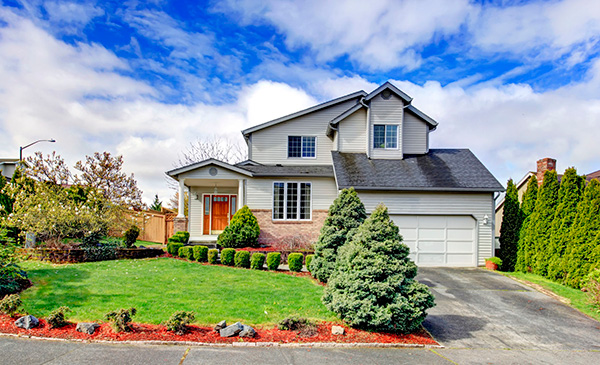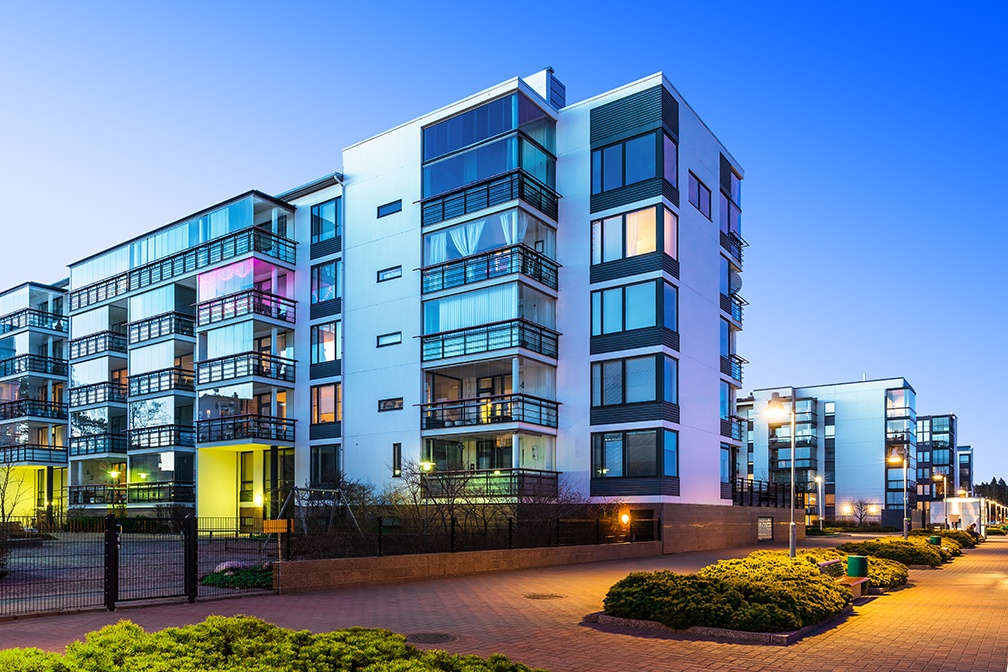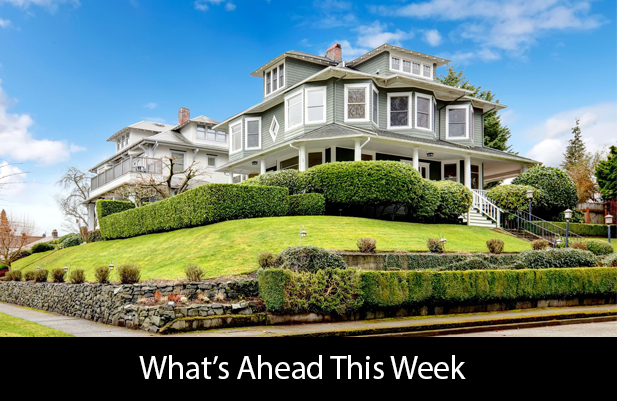Case-Shiller: Home Prices Rise in October
 According to Case-Shiller national and 20-city home price indices for October, home prices continued to rise. National home prices rose 0.70 percent for the three months ending in October. Year-over-year, national home prices increased by 6.20 percent. The 20-City Home Price Index also rose by 0.70 percent in October and reported a year-over-year increase of 6.40 percent.
According to Case-Shiller national and 20-city home price indices for October, home prices continued to rise. National home prices rose 0.70 percent for the three months ending in October. Year-over-year, national home prices increased by 6.20 percent. The 20-City Home Price Index also rose by 0.70 percent in October and reported a year-over-year increase of 6.40 percent.
The top three metro areas in the 20-City Index were Seattle, Washington with a year-over-year increase of 6.40 percent; Las Vegas Nevada followed with year-over-year home price growth of 10.20 percent. San Diego, California had the third highest home price growth rate at 8.10 percent year-over-year.
The year-over-year percentage increase was 1.30 percent below the all-time high reading for the 20-City Index.
Home Price Growth, Sales Could Face Headwinds in 2018
David M. Blitzer, CEO of the S&P Indices Committee, said that 2018 may bring challenges to home price growth. Mr. Blitzer said that while strong labor markets, economic growth, and low mortgage rates were major factors driving home price growth, higher mortgage rates are expected next year. Rising rates would make buying a home less affordable for some. Home price growth continued to outstrip inflation and income growth.
Mr. Blitzer cited an Urban Institute report that indicated that high-priced metro areas may compel would-be home buyers to consider renting. High-demand metro areas are subject to high rates of buyer competition and bidding wars can drive affordable home prices beyond the reach of first-time and moderate-income buyers. Significant numbers of buyers turning to rentals could drop the demand for homes and possible ease the rate of home price growth.
Analysts expected home prices to continue increasing due to low supplies and high demand. Millennials are entering their home-buying years and relatively low mortgage rates have supported affordability, but higher mortgage rates and continued competition from investors and cash buyers could stifle demand for homes in the new year.
 Did you recently receive your annual notice that the rent is going up? If so, you’re not alone. Millions of renters are seeing more and more of their income drained away due to higher rents. To make matters worse, every dollar in rent is one that you are not saving, investing or using to build your net worth. If you’re feeling the pinch of higher rents, it might be time to buy your first starter home.
Did you recently receive your annual notice that the rent is going up? If so, you’re not alone. Millions of renters are seeing more and more of their income drained away due to higher rents. To make matters worse, every dollar in rent is one that you are not saving, investing or using to build your net worth. If you’re feeling the pinch of higher rents, it might be time to buy your first starter home. Last week’s economic reports included readings on NAHB homebuilder confidence, housing starts, building permits issued and sales of previously-owned homes. Weekly releases on mortgage rates and new jobless claims were also released.
Last week’s economic reports included readings on NAHB homebuilder confidence, housing starts, building permits issued and sales of previously-owned homes. Weekly releases on mortgage rates and new jobless claims were also released.